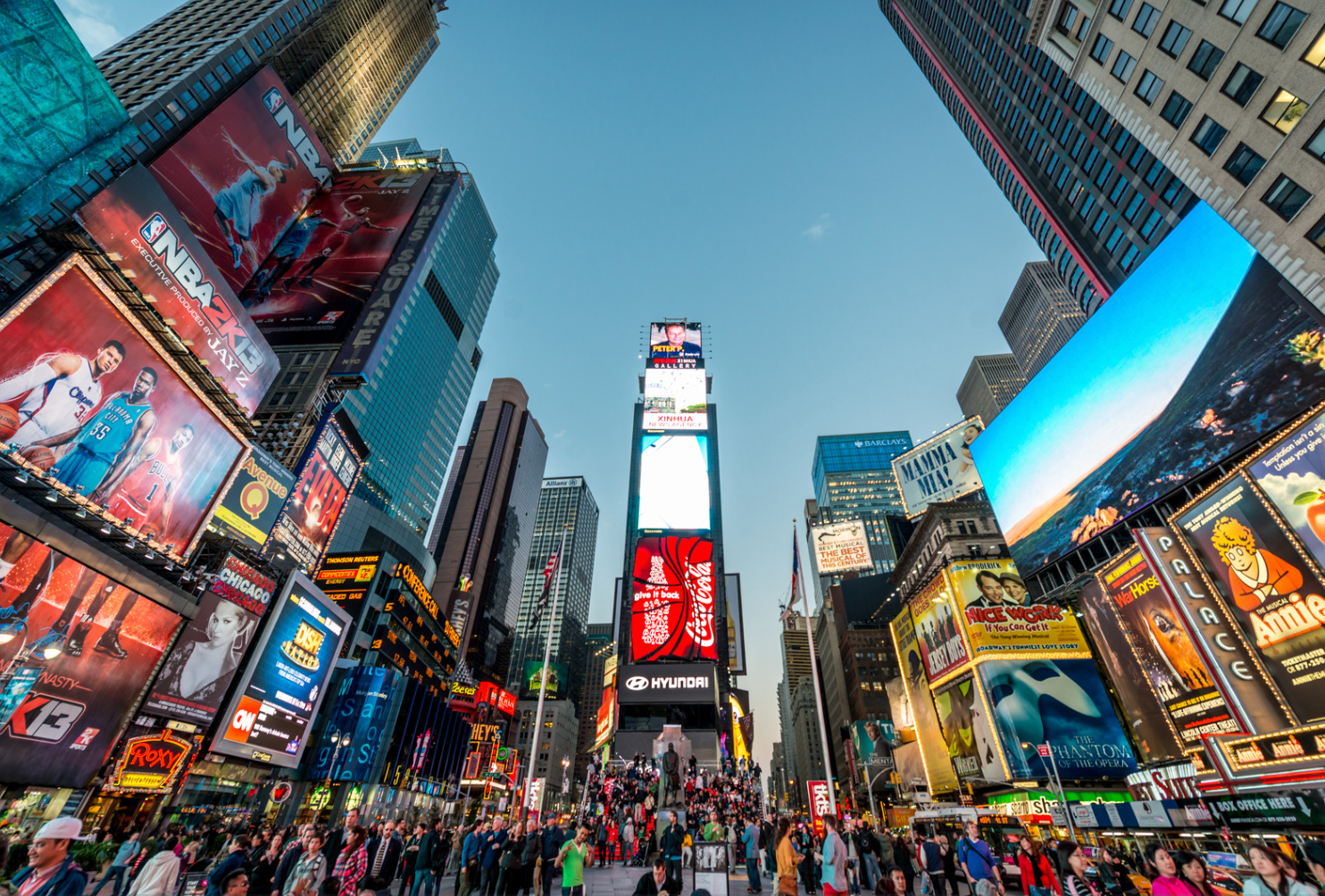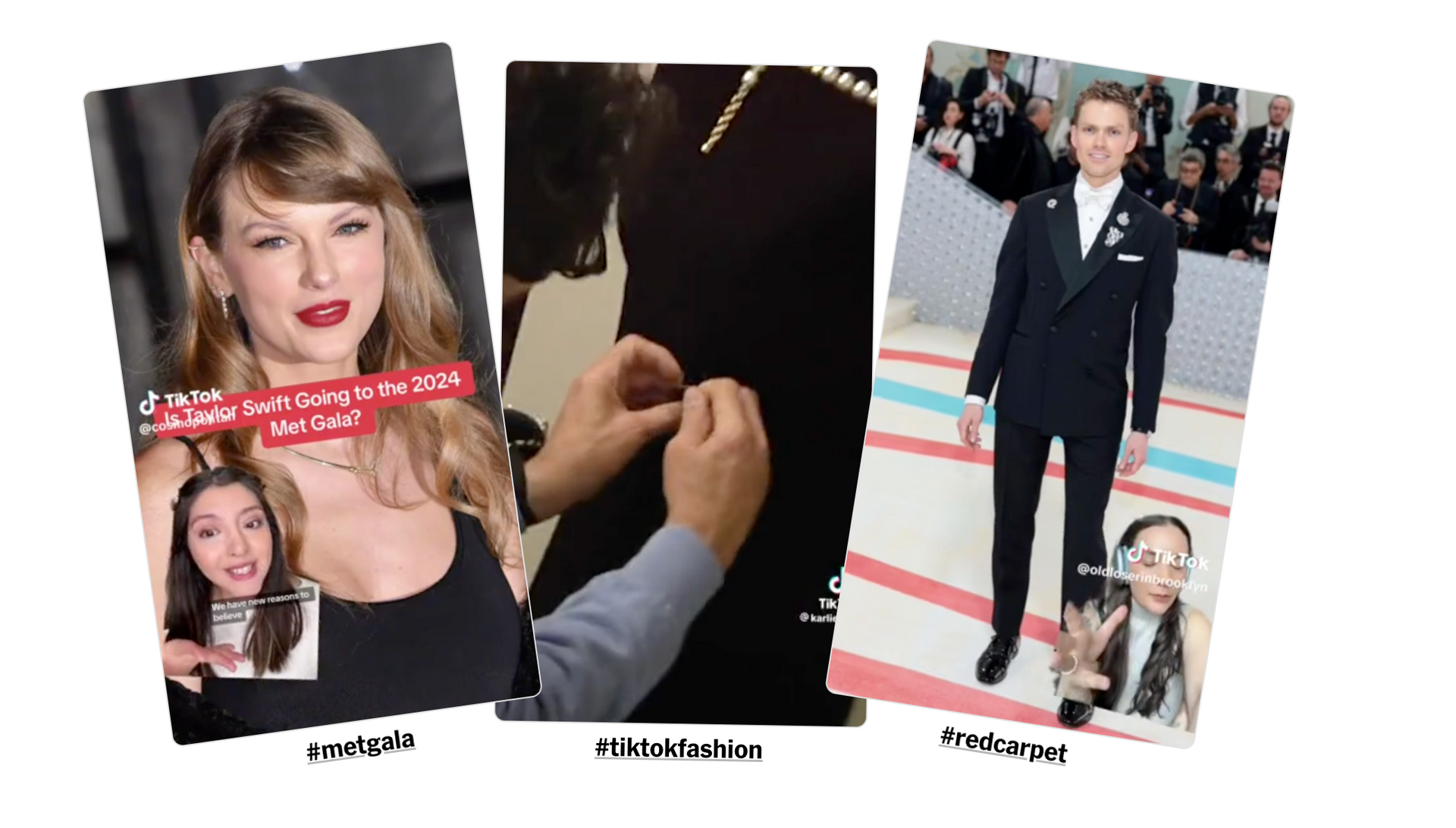Job Security LOST: Multigenerational Workplace Might Solve That
Employment is harder to attain and sustain; if fostering a multi-generational workplace were incorporated as a pillar of ESG mandates, everyone would benefit.

The relationship between age and the workplace is complicated and complex. To further combine this interplay mix with gender, industry, vocation, and culture and you have a messy cocktail primed for conflict. The past decade trend has favoured the young, their adaptability, agility and tech-savvy has eclipsed the value of learnt lessons of failure experience of the over 45 seasoned executive. The vulnerability of the young came into focus this past week as AI now threatens to exterminate them from traditional entry executive jobs. The desperation to remain relevant in an organization has never been so fragile and dangerously frightening for those who need to work, to make money to survive. We will live longer, we’re a healthier generation propped up by advanced medical intervention, needing to create and sustain income for a longer period of time is a right now issue. Government leadership, corporate leadership and financial institutions need to consider how to adjust their policies, programs and support systems. Of equal importance, organizations should be mandating a multi-generational workforce as part of their ESG strategy because if people don’t have jobs, the economic consequences will be dire.
My shocking cold shower wake-up call of age and workplace relevance happened at 38. Anxiety began to seep-in, I was working in an industry that favoured youth and I was sure my age was becoming a hurdle for career progression. The math was simple, replace me with 2 or 3 juniors who would be better tech-informed, could resource faster, and provided alternative cost-saving solutions. I know I'm not alone in this experience, except perhaps 38 was young for that sting.
The pressure-cooker of corporate profitability combined with workers' anxiety about employment stability is a powder keg of tension. What I experienced at 38 is reality for those graduating from university/college and entering the workforce. For this cohort, the competition isn't the younger, cheaper, tech-savvy team member; it's AI – the tool that was their best friend while simplifying research for their thesis has become their foe. Goldman Sachs and JP Morgan have announced this week that analyst jobs will be slashed because of AI; these are the jobs that are highly coveted by Harvard, Yale, and Princeton grads, the starting place of all things fabulous on Wall Street, it's like someone blew out the candles on their grad cake before they got to make a wish.
Young people need to work to gain experience to get started in life; beyond money and financial stability, jobs provide confidence, skill building, ideation, community, mental wellness, and personal growth. If hiring is delayed due to AI replacing entry jobs and rising unemployment continues, students will continue upskilling with more degrees and exiting education in their later 20's. If this age group is hired at 28 years but face mandatory retirement at 60, it would be challenging for the average worker to amass enough wealth to retire comfortably – not to mention the affordability crisis many are facing in preferred cities.
In consideration of those 45+ years, this group should live well because of modern health care, the adoption of active, healthier lifestyles and the advancement of the service economy. It is entirely conceivable this age group will live a healthy, active life into their 90s and possible 100+. Retirement at 55 or 60 may no longer be possible for a group that could continue to live an active life for an additional 30+ years. There is uncertainty about adequate retirement savings and those out of the public sector have lost the promise of pension plans.
What would be a remarkable evolution of this problem is the adoption of a multigenerational workplace, valuing the knowledge and experience of humans at every age. The interplay of multi-generations for the betterment of the corporation is entirely possible. For example, I created a concept for an independent Canadian financial institution which provided financial advisors who experienced mandatory-retirement from the big banks with a space to continue working. This experienced cohort typically is seeking a flexible working lifestyle, maintaining their network, a place of community where they can share ideas, continue learning, and have a place to feel like a member of. Their industry experience and deal-making experience would be a valuable influence on the junior teams they could mentor. The value of mentorship is significant, yet finding someone willing to provide their time for free can be challenging. Mentorship is a valuable corporate skill-building tool for sharing information, engagement, keeping both ends of the age spectrum knowledgeable, ideation, network building, and making people feel like they're relevant.
With Millennials leading the charge and Baby Boomers delaying retirement, we're witnessing a massive shift in the workforce unlike anything seen before. According to Pew Research, Millennials are set to dominate three-quarters of the US workforce by 2025, while Baby Boomers are redefining what it means to retire. How can we use this shift to our best advantage?
1. Knowledge Sharing
Knowledge sharing in the workplace has always been an invaluable asset. It's not only about exchanging institutional information and expertise; it's also about promoting a collaborative atmosphere where each person's distinct experiences advance our group's development.
Younger team members frequently bring cutting-edge technology or fresh viewpoints that inspire new concepts, moving us ahead. However, this combination of skills promotes creativity and problem-solving unlike anything else.
2. Skill Diversity
A multigenerational workforce with a diverse skill set is similar to a toolbox complete with specialized tools. Together, each generation's different abilities and characteristics build a cohesive and dynamic team.This combination of skills improves our unique abilities and raises the team's overall performance, making us a powerful force in the workplace.
3. Adaptability and Flexibility
Flexibility and adaptability are essential in the fast-growing corporate environment. From my experience, my team has advanced when we have been adaptable and wise to the lessons learned. Consider customer experience, in response to changes in customer preferences, we can adopt creative solutions proposed by our younger team members while relying on the knowledge of our more experienced staff to maintain consistency and dependability.Together, we managed changing markets and improved our competitive position. Always remember that accepting change and combining different generations' viewpoints cultivates an adaptive culture necessary for long-term success in the dynamic business environment.
4. Increased Customer Understanding
A team that covers generations might improve our understanding of consumers. When our staff is diverse, we have a better understanding of our clients' needs and objectives.Different generations undoubtedly have different perspectives and expectations. Thus, having a diverse range of ages and experiences on our team allows us to view things from various angles.
This knowledge is useful and essential to our marketing plans and client interactions. Equipped with this understanding, we can customize our strategies for various client groups, increasing the efficacy of our marketing and personalizing the consumer experience. And the outcome is what? Happier consumers, naturally! They are more content and devoted to us when we fulfill their wants and aspirations.
"A multigenerational workforce can, and should, be a distinct advantage for companies today. The wide range of ideas and knowledge from a broad group of people can serve the company well and help employees excel in their work." - Paul Rubenstein.
5. Employee Engagement and Retention
Respecting and appreciating workers of all ages is vital when creating a flourishing workplace. I have witnessed how promoting a culture of inclusivity and belonging can significantly improve a team's morale. It's about creating an atmosphere where everyone feels appreciated and recognizing the distinctive contributions made by each person, regardless of age.
By adopting this strategy, we're building the foundation for employee involvement rather than simply ticking boxes on diversity and inclusion. And the results? They speak for themselves. Higher job satisfaction, increased loyalty, and improved retention rates. I've observed how these elements collectively contribute to a positive work culture in which people are eager to participate.
So, if we want our businesses to flourish, we must commit to practices that include all generations. This strategy not only enhances the work environment but also secures the long-term success of our organizations by keeping our teams engaged and committed.
6. Long Term Sustainability
Long-term sustainability is vital for every business's future. In a multigenerational workforce, this sustainability translates into a steady talent and knowledge transfer pipeline. It's about preserving the knowledge and abilities of experienced specialists while welcoming the creative insights and abilities of younger generations.
Succession planning becomes an essential component here. It's about preparing for the future today. By creating a culture where knowledge and roles are transferred, businesses can avoid potential disruptions and ensure the continuity of operations.This strategic approach not only guarantees productivity but also secures the legacy and longevity of the company. It's a holistic way of thinking about growth, where every generation contributes to the business's success.
A workplace with all generations will lead to better outcomes for all. Ageism, which exists both up and down the age scale within an organization, fuels bias and territory building, prevents productivity, and causes the loss of the opportunity to utilize the best skills of experience and knowledge. Unfortunately, stereotyping is commonplace, even in the compassionate and regulated workplace; we're exposed to it daily, not only within organizations and institutions but also on social media and with the more significant media.
At the crux of the corporate conflict around ageism is a scarcity, not enough workers, not enough jobs, and not enough with the right skills; it's a challenge from every direction and competition within is fierce. If we consider unique solutions to build a community of multigenerational workforces, people will be better for it; people need to work for so many reasons and anxiety for all should be reduced.



Focused on Impact
DHM’s impact extends far beyond individual interactions; with a commitment to excellence, coupled with exceptional leadership qualities, DHM has set a standard of excellence that continues to drive success.



